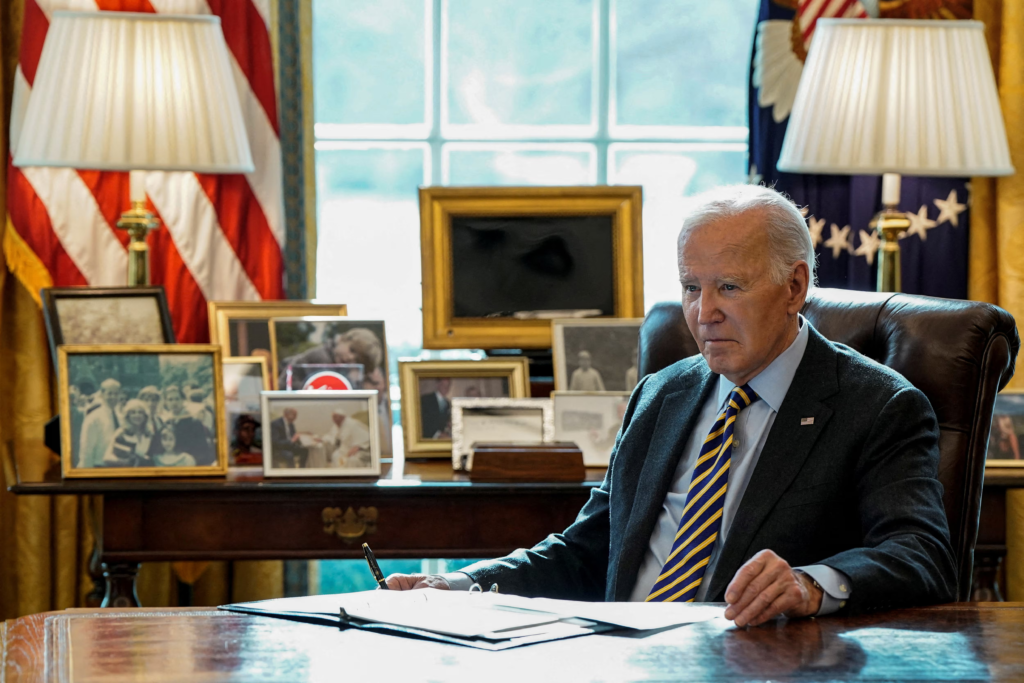In a significant development for millions of Americans grappling with student debt, the U.S. Department of Education is launching an investigation into delays in student loan forgiveness programs that have left approximately 3 million borrowers in limbo. These delays, tied to various federal relief programs, have sparked frustration among borrowers who expected faster processing of their applications for loan forgiveness. As the cost of higher education continues to rise, and with over $1.6 trillion in federal student loan debt affecting more than 42 million Americans, the issue has become a focal point for policymakers, borrowers, and advocates alike.

The Scope of the Issue
The Department of Education oversees several student loan forgiveness programs, including Public Service Loan Forgiveness (PSLF), Income-Driven Repayment (IDR) plans, and Borrower Defense to Repayment. These programs are designed to provide relief to borrowers who meet specific criteria, such as working in public service, demonstrating financial hardship, or being misled by their educational institutions. However, recent reports indicate that bureaucratic inefficiencies, legal challenges, and operational disruptions have caused significant delays in processing applications, leaving millions waiting for promised relief.
According to a recent statement from the Department of Education, nearly 1.9 million borrowers have been unable to begin repayment or access forgiveness due to a processing pause that began in August 2024. This pause, initially triggered by a court ruling blocking parts of the Biden administration’s Saving on a Valuable Education (SAVE) plan, has created a backlog that continues to grow. The SAVE plan, which offered lower monthly payments and faster debt forgiveness for some borrowers, was halted by the 8th U.S. Circuit Court of Appeals, leading to widespread uncertainty.
For many borrowers, these delays mean prolonged financial strain. Those enrolled in IDR plans, for example, rely on affordable monthly payments tied to their income, with the promise of forgiveness after 20 or 25 years. However, the inability to enroll in or recertify for these plans has left some borrowers unable to make progress toward forgiveness. Similarly, PSLF applicants, who must make 120 qualifying payments while working in public service, are facing hurdles in getting their payments certified, delaying their path to debt relief.
Why the Delays Are Happening
The root causes of these delays are multifaceted. First, the transition between administrations has created significant disruptions within the Department of Education. The Biden administration’s efforts to expand loan forgiveness programs, including approving $188.8 billion in relief for 5.3 million borrowers, were met with legal challenges from Republican-led states. These lawsuits argued that the executive branch lacked the authority to implement large-scale debt forgiveness, leading to court orders that froze key components of programs like SAVE.
Additionally, the Department of Education has faced internal challenges. Staffing shortages and operational changes have strained the Office of Federal Student Aid (FSA), which oversees the federal student loan portfolio. According to a Forbes report, over 100 staff members at FSA accepted buyout offers in recent months, representing 10% of the office’s workforce. This reduction has exacerbated delays in processing applications for IDR plans, PSLF, and other relief programs, such as the Total and Permanent Disability (TPD) discharge program, which has been paused since January 2025 due to a servicing platform transition.

The Trump administration’s policy shifts have further complicated the landscape. Since taking office, the administration has signaled a move away from broad loan forgiveness, with Education Secretary Linda McMahon stating, “There will not be any mass loan forgiveness.” Instead, the focus has shifted to resuming collections on defaulted loans, with involuntary measures like wage garnishment and tax refund offsets set to begin in May 2025. This pivot has raised concerns among borrower advocates, who argue that the emphasis on collections over relief is leaving struggling borrowers with fewer options.
The Impact on Borrowers
For the 3 million borrowers affected by these delays, the consequences are tangible. Many are facing financial uncertainty, unable to access lower payments or move closer to forgiveness. For example, borrowers in the SAVE plan, which enrolled 8 million people before being frozen, are currently in forbearance, meaning they don’t have to make payments but also aren’t accruing progress toward forgiveness. This limbo has been particularly frustrating for public service workers, such as teachers and nurses, who rely on PSLF to manage their debt.
The delays have also taken a toll on borrowers’ credit scores. As collections resume, those who are delinquent or in default risk seeing their credit scores drop significantly—by as much as 129 to 171 points, according to VantageScore and the Federal Reserve. A lower credit score can make it harder to secure mortgages, car loans, or even rental agreements, compounding the financial challenges for borrowers already struggling with debt.
Carolina Rodriguez, director of the Education Debt Consumer Assistance Program in New York, noted, “We’ve been seeing clients with delinquent accounts who reached out after noticing a drop in their credit scores.” This underscores the real-world impact of the delays, as borrowers face not only financial but also emotional stress from prolonged uncertainty.

The Department’s Response
In response to mounting criticism, the Department of Education has announced an investigation into the delays, aiming to identify bottlenecks and streamline processes. The department is working with loan servicers to resume processing for IDR and Direct consolidation applications, though it has warned borrowers to expect lengthy delays due to the existing backlog. A comprehensive communications campaign is also planned to inform borrowers of their options, including enrolling in IDR plans, making monthly payments, or pursuing loan rehabilitation to avoid default.
The department has also urged colleges and universities to assist former students by reminding them of their repayment obligations and providing guidance on accessing StudentAid.gov accounts. This outreach is part of a broader effort to reduce cohort default rates, as institutions with high default rates risk losing eligibility for federal student aid programs.
What Borrowers Can Do
For borrowers caught in the delays, experts recommend taking proactive steps to manage their loans. First, borrowers should contact their loan servicer to confirm their repayment status and explore available options, such as Income-Based Repayment (IBR), which remains one of the few plans still offering forgiveness after 20 or 25 years. Mark Kantrowitz, a higher education expert, notes that payments made under other IDR plans, such as Pay As You Earn (PAYE) or Income-Contingent Repayment (ICR), can count toward IBR forgiveness if borrowers switch plans.
Borrowers pursuing PSLF should ensure their employment and payments are properly certified, as delays in processing can jeopardize their progress. Those facing financial hardship may also consider applying for deferment or forbearance, though these options may accrue interest. For those eligible for Borrower Defense or TPD discharge, contacting loan servicers to initiate the application process is critical, despite the current pause in TPD processing.
Looking Ahead
The Department of Education’s investigation comes at a critical time, as the Trump administration’s plans to potentially dismantle the department or reassign its responsibilities could further disrupt the student loan system. Proposals to move the $1.6 trillion loan portfolio to the Treasury Department or a new government corporation have raised concerns about reduced borrower protections and increased privatization of student loans, which could lead to higher interest rates and fewer relief options.
As the investigation unfolds, borrowers and advocates are calling for greater transparency and accountability. “The federal student loan system is a mess right now,” said Beth Akers, a researcher at the American Enterprise Institute. “Unprecedented uncertainty is making it harder for borrowers to plan their financial futures.”
For now, the 3 million borrowers affected by these delays are left navigating a complex and uncertain landscape. As the Department of Education works to address the backlog and restore functionality to its programs, borrowers are encouraged to stay informed and proactive. Resources like StudentAid.gov and NerdWallet’s guide to student loan forgiveness can provide valuable information for managing debt during this challenging period.
Also know :- Measles Cases Surge in 15 U.S. States Amid Anti-Vaccine Misinformation Campaigns






